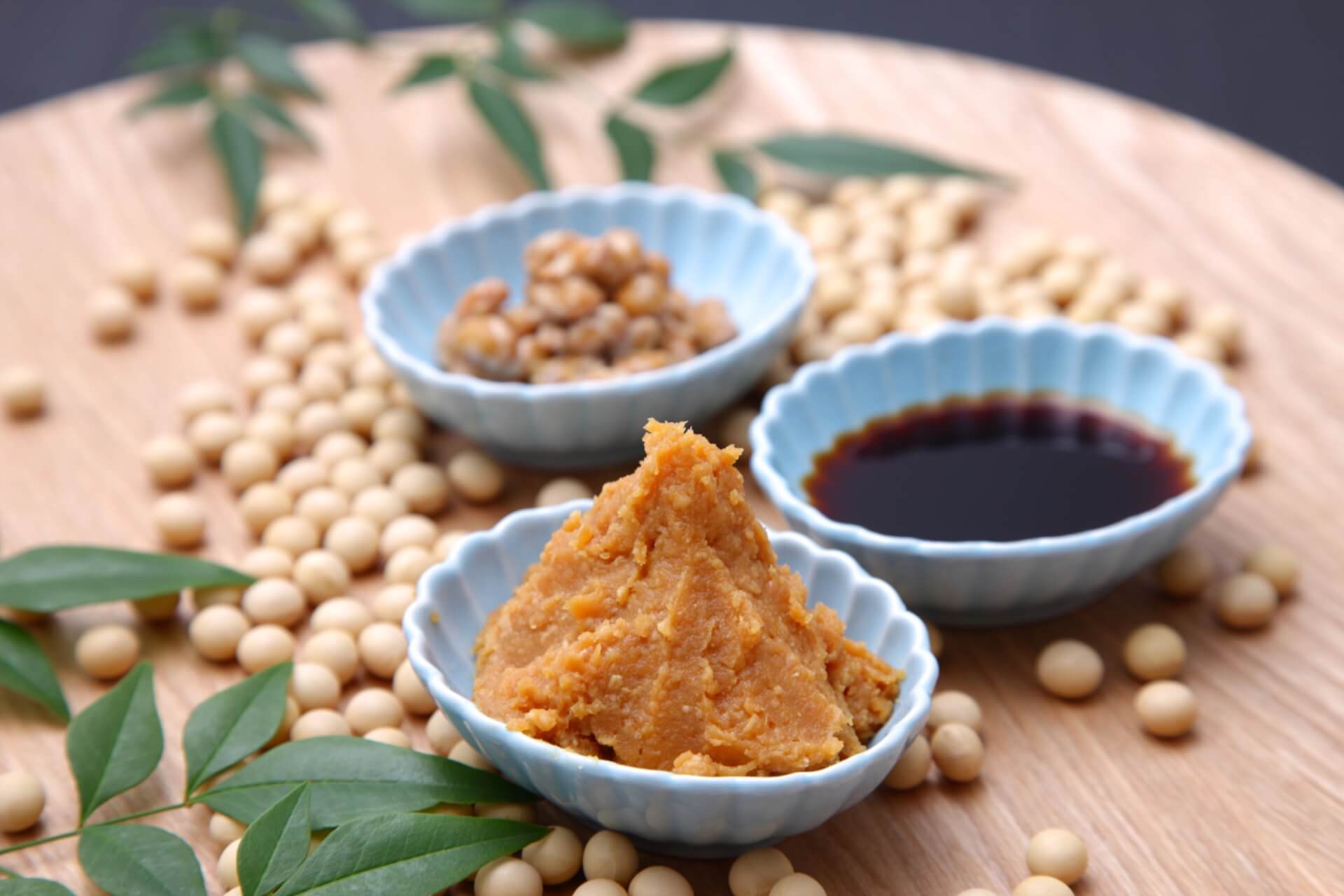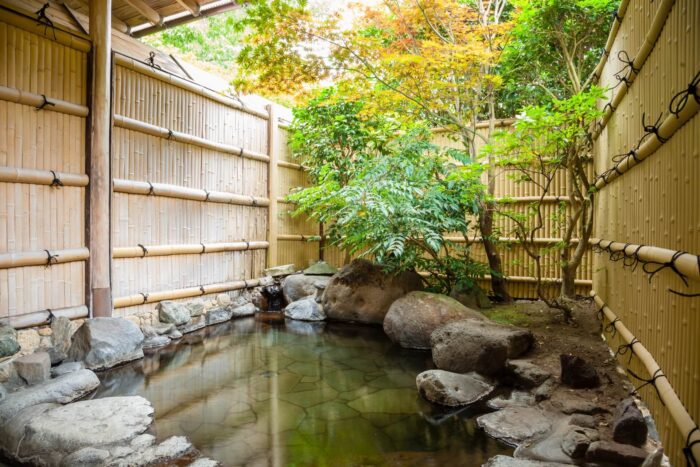
Last Updated: 15 Nov 2025 20. Cultured Culture【Column: Leap Before You Look】
When I was a young girl, my mom was ハマる (hooked on) コンブチャ (Kombucha) for a short period of time. In a large glass jar, she kept this tea with “菌 (fungi)” which looked like something from outer space. We were supposed to drink a glass of that tea every day, but my sister and I were not too thrilled about mom’s new-found passion.
To those of you who are 未経験者 (uninitiated), Kombucha is a 発酵した (fermented) tea known for its probiotic health benefits. But if you ask for a cup of Kombucha in Japan, you’ll probably get a cup of savory 昆布茶 (kelp tea) which taste like seawater. To avoid such confusions, the probiotic tea back then was not called Kombucha in Japan but 紅茶キノコ (kocha kinoko), literally, mushroom black tea. Thankfully, Mom moved on to the next 流行 (fad) and my sister and I were saved from this short-lived health experiment.
Japanese cuisine has always featured a wide variety of fermented foods from ancient times. Soy sauce, miso, sake, pickles, umeboshi, natto, were all made through a fermentation process. In addition to the health benefits, fermentation also helps 賞味期限が延びる (prolong the shelf life) of the food.
My mom wasn’t always after novelty. Between those fads, she made traditional Japanese fermented foods including 梅干し (umeboshi – salted pickled Japanese plums), 粕漬け (kasuzuke – pickled fish), 糠漬け (nukazuke – pickled vegetables), and 塩辛 (shiokara – salty and spicy squid). She also used soy sauce, mirin, miso, rice vinegar, and sake for almost all her cooking.
Japanese food culture is immersed in fermented food. We must この伝統を次の世代に伝える (hand this tradition down to the next generation) so that young Japanese will not experience a culture shock in the future. But fortunately, Japanese fermented food is gaining popularity among foodies around the world. I suspect in the near future to hear the Japanese words such as 発酵 (hakkou – fermentation) and 酒粕 (sake kasu – sake lees) are used in English, just like 旨み (umami – savoriness) and 出汁 (dashi – broth) have already been.
Related articles
22. Dare to be Barefoot【Column: Leap Before You Look】
One thing I never 屈服する (gave in to) while living here in the US for many years is to wear shoes insi
The culture component and why it matters in management
Let me start with what might at first appear to be a personal story unrelated to cross-cultural mana
21. Shower, Bath & Beyond【Column: Leap Before You Look】
The 26th of every month is designated as a “風呂の日 (furo day, or bath day)” in Japan. This comes




